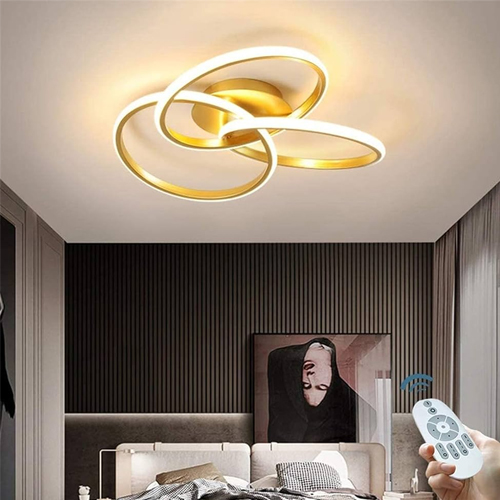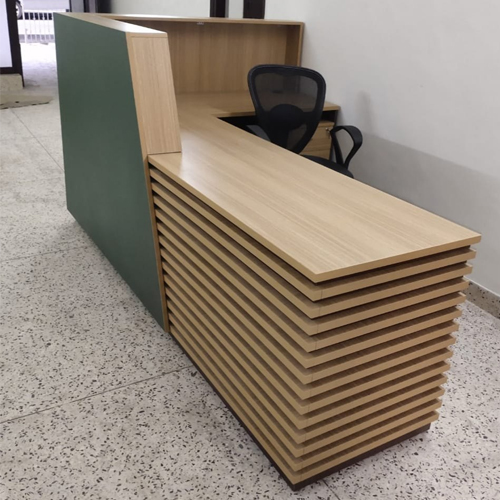
Overhead Lighting
Overhead lighting refers to lighting fixtures installed on the ceiling, providing general illumination to a room. These fixtures come in various types, including chandeliers, pendant lights, track lighting, recessed lights, or flush mounts. They can use different bulbs like incandescent, LED, or fluorescent, offering various intensities and color temperatures. The choice of overhead lighting often depends on the room's size, purpose, and the desired ambiance—whether it's for task lighting in a kitchen, creating a cozy atmosphere in a living room, or adding elegance to a dining area.
-
Types of Overhead Lighting:
- Chandeliers: Elegant fixtures with multiple arms and decorative elements, often used in dining rooms or entryways.
- Pendants: Suspended from the ceiling with a single fixture, suitable for various spaces including kitchens and dining areas.
- Flush Mounts: Mounted directly against the ceiling, providing a low-profile lighting solution for spaces with lower ceilings.
- Semi-Flush Mounts: Similar to flush mounts but with a slight gap between the fixture and the ceiling, allowing for a bit more visual interest.
- Recessed Lighting: Fixtures installed into the ceiling, providing a clean and minimalist look. Also known as can lights or downlights.
- Track Lighting: Multiple adjustable heads mounted on a track, allowing for directional lighting and highlighting specific areas.
-
Light Bulb Compatibility:
- Consider the type of light bulbs compatible with the overhead lighting fixture. Common options include incandescent, fluorescent, LED, or halogen bulbs. LED bulbs are often preferred for their energy efficiency and longevity.
-
Brightness and Wattage:
- Determine the brightness required for the space and select fixtures with an appropriate wattage. The size and number of fixtures will influence the overall illumination.
-
Dimming Capability:
- Some overhead lighting fixtures come with dimming capabilities, allowing you to adjust the brightness to create different moods or save energy when full brightness is not needed.
-
Style and Design:
- Choose fixtures that complement the overall style and decor of the room. Whether contemporary, traditional, industrial, or minimalist, the design of the overhead lighting should enhance the aesthetics of the space.
-
Ceiling Height:
- Consider the height of the ceiling when selecting overhead lighting. Higher ceilings may accommodate chandeliers or pendant lights, while lower ceilings may require flush mounts or semi-flush mounts.
-
Room Functionality:
- The functionality of the room influences the choice of overhead lighting. For example, kitchens may benefit from bright, task-oriented lighting, while living rooms may have fixtures that contribute to a cozy atmosphere.
-
Installation and Maintenance:
- Consider the ease of installation and maintenance. Some fixtures may require professional installation, while others are more DIY-friendly. Access to bulbs and ease of cleaning are also important considerations.
-
Color Temperature:
- The color temperature of the light emitted by the fixture can impact the mood of the space. Warmer color temperatures (e.g., 2700K) create a cozy ambiance, while cooler temperatures (e.g., 5000K) provide a brighter, daylight-like feel.
-
Energy Efficiency:
- Opt for energy-efficient fixtures, such as LED overhead lighting, to reduce energy consumption and lower long-term operating costs.
-
Smart Lighting Options:
- Some overhead lighting fixtures offer smart features, allowing you to control the lighting remotely, set schedules, or adjust color temperatures using a smartphone or smart home system.
-
Budget:
- Determine a budget for overhead lighting based on the type of fixtures, materials, and features you desire.
Overhead lighting plays a crucial role in establishing the overall ambiance and functionality of a space. Carefully consider the specific needs of the room, your design preferences, and the practical aspects of installation and maintenance when choosing overhead lighting fixtures.






